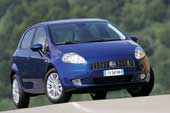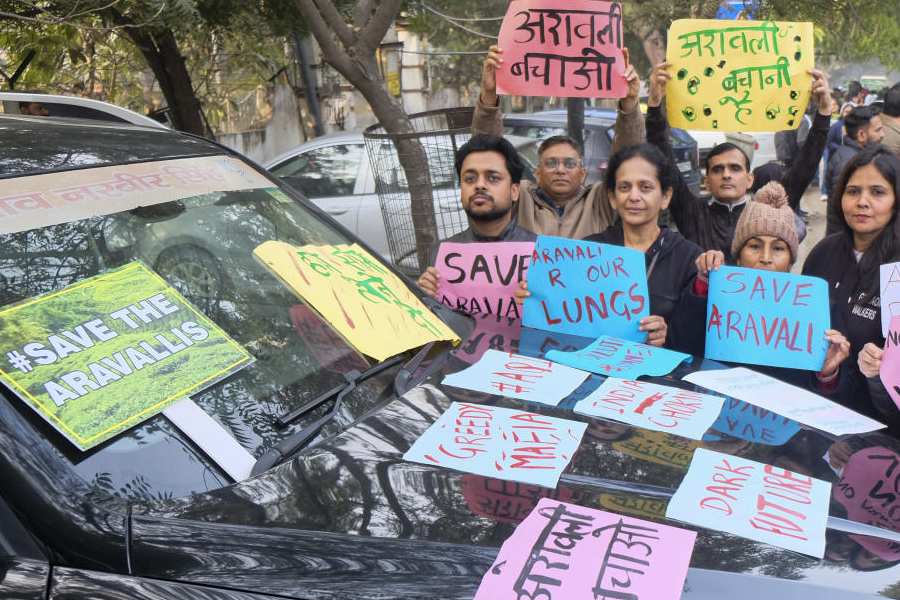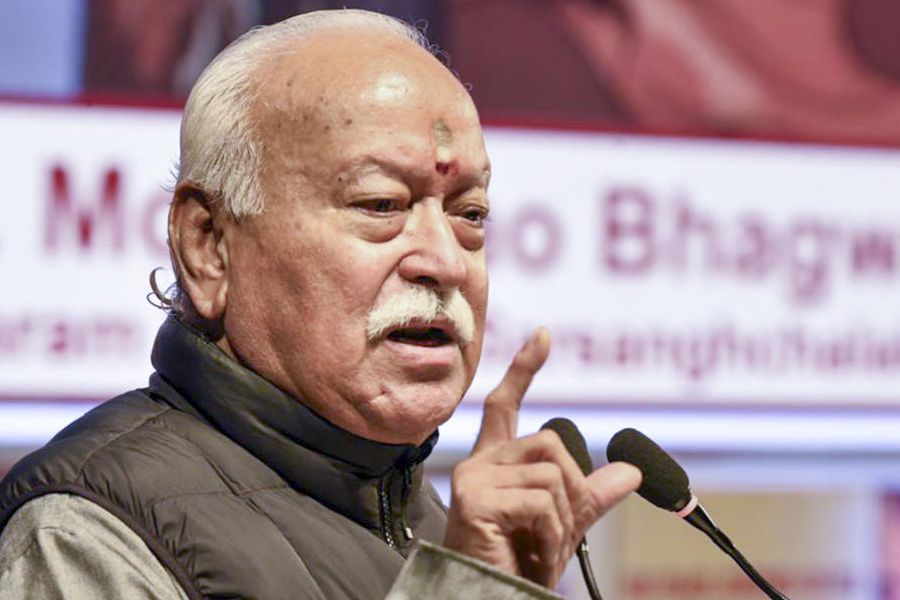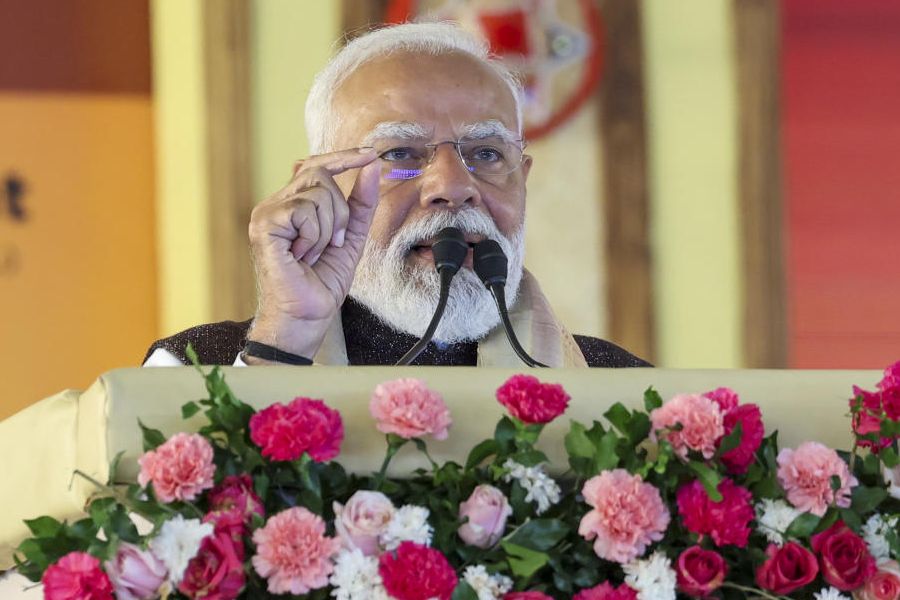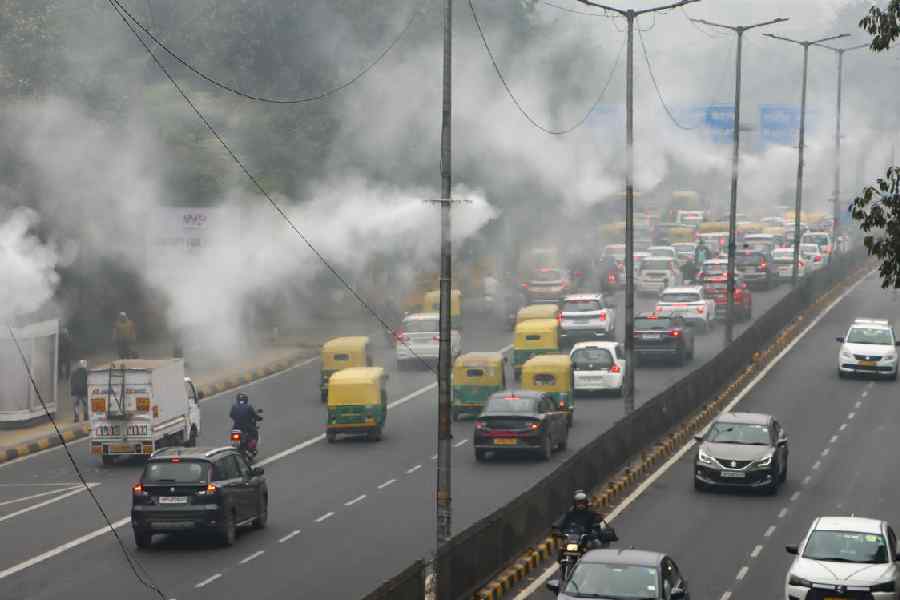 |
There are two different approaches to life: the Robert Bruce kind of ‘try, try, try and you’ll succeed’ (more suited to individuals really) and then there’s the ‘cut your losses and get out’ kind, which makes sense in business. Case in point for the latter is Peugeot coming to India — remember the Peugot 309? Instances where we’ve seen plenty of the former philosophy at work include Bajaj, HM and Fiat.
With Bajaj, the KB100 motorcycle went through several styling and engineering changes before it gained acceptance in India as the Kawasaki Bajaj KB100 RTZ Power Box or some such thing. HM carried on with the Ambassador with mark 1,2,3,4 models before coming out with an exotica like the Grand (!) and the Regent amongst others, before finally restyling it as the Avigo.
 |
And then there’s the story of Fiat. Once upon a time, there was the Millecento and all its derivatives. Then there was the 1100D (Delite), which became first the President and then the Padmini after Fiat left India. Then Fiat came back to have another crack at the Indian market with the Uno.
Just when the Uno seemed to be just the ticket with a record number of bookings, the trade unions sounded its death knell by causing a strike at the plant. Many bookings were rejected and customers went to other brands, almost forcing Fiat India into penury. Fiat did recover marginally thanks to its World Car platform products, the Palio and Siena. Unfortunately, after-sales service or rather, the lack of it, and unavailability of spares plagued customers, leaving a bad taste in their collective mouths.
However, at the beginning of this year, Fiat was offered a lifeline by Tata Motors, which may just promise to turn the tides for the company in India. The deal, to which Fiat agreed with all the eagerness of a drowning man clutching a straw, ensured that Tata and Fiat passenger cars would be sold jointly from each other’s showrooms.
 |
This spells an instant increase in service centres thanks to the existing Tata Motors service centres, which would now service Fiats too. Things could look less than pretty for the battle-scarred Indo-Italian company what with the recent freshening up of Tata Motors products and the ageing of the existing Fiat lines. But it is not to be so. Looking to revive Fiat’s fortune in India, the company has yet another product on the anvil — the Grande Punto.
The Punto is a hatchback that never came to India, although one of its engine options (the 1.7 diesel) did, in the Uno. The Punto has been a sales leader for Fiat internationally, with over 6 million cars sold since its launch in 1993.The Indian market can expect to see the Punto make its debut in 2007.
The Grande Punto, as the name suggests, is a larger vehicle with higher safety and quality standards. The first impression is that it has a bit of Maserati about it, especially the front end, which is very retro with all that chrome, and the headlights. Available in three and five-door body styles (though India will probably only see the latter), the Grande Punto has been designed by Italdesign-Giugiaro, in partnership with Fiat’s own Centro Stile design centre.
The Grande Punto measures 4030mm in length, 1687mm in width and 1490mms in height. The wheelbase is 2510mm, which is intended to make the cabin as spacious as possible. The car was launched internationally with two petrol engine options: 1.2 8v (65bhp) and a new 1.4 8v with 77bhp; and four turbodiesels: 1.3 16v MultiJet (75bhp), or 1.3 MultiJet with a variable geometry turbine (90bhp); and 1.9 MultiJet with either 120bhp or 130bhp. All engines conform to Euro 4 emission norms.
Internationally the Grande Punto is up against the likes of the VW Polo but in India the dimensions place this hatch squarely against saloon cars like the Maruti Esteem (4095mm) and the Tata Indigo (4150mm). What the India-spec car will most certainly have is the same small Fiat diesel engine that Maruti will be making in its new engine plant for the Swift.
The 75bhp version offers performance to the tune of a 165kph top speed and a 0-100kph time of 13.6 seconds. The 90bhp version does 175kph and gets from 0-100kph in 11.9seconds. The Grande Punto rides on 175/65 R15 tyres, though internationally there is a 185/65 R15 option available too.
Features that could be standard in the Grande Punto here include an automatic air conditioning unit. The car also has electric power steering with a choice of modes. The best thing about the Grande Punto however, and this is very reassuring, is its performance at the Euro-NCAP crash tests — the car received 5 stars for adult safety and three stars each for both child and pedestrian protection. The India version may not be the same however, as price will dictate which features are included and which are not.
This is the car Fiat will be banking upon to improve both its image and profitability. But will it erase the stigma attached to the brand in India today? The problem with Fiat in India never was with the cars — the Palio, the Siena, the Petra and the Adventure were and are all good cars with very good build quality. It’s the back-up that’s important and Fiat has been found to be severely lacking in that. Fiat will be hoping to ride piggyback on Tata Motors to get back on its feet.
My dream car
 |
Karun Chandhok,
racing professional,
When I was younger, I used to yearn for a Ferrari F40. But over the years, I have gradually outgrown it.
At present, the car of my dreams is a BMW M3. It might not be as eye-catching as a Ferrari, but it is a really good performance car.
Right now, looks have become secondary to me. The need for speed is what urges me on. A Ferrari might look great, but is not suitable for Indian roads. A BMW, on the other hand, is ideal for Indian road conditions. I do not own one as of now, but when I am able to manage the resources, I will most definitely buy the first BMW M3 that comes my way.
Also, I would not really like to modify it a lot. Neither is there any particular colour in which I’d want to paint it. But I would definitely buy the performance kit that BMW sells.

